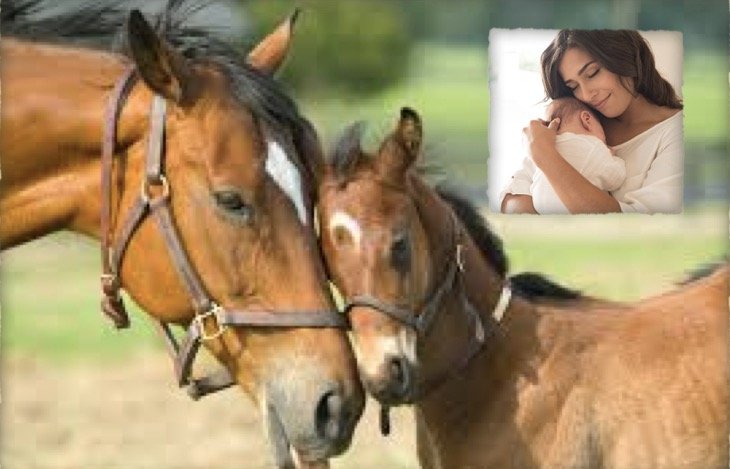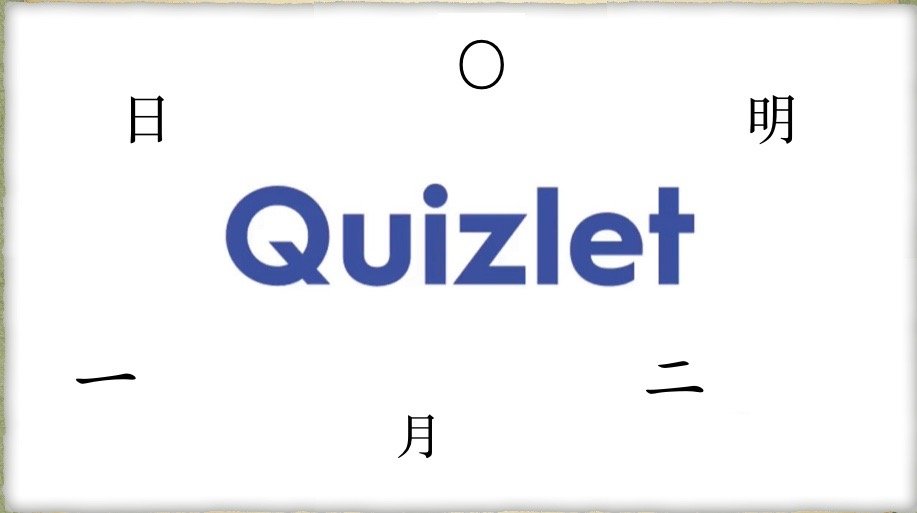018 Beginner Chinese characters: First 20 Chinese characters you need to know
In lesson 18, we reviewed first 20 han zi (Chinese characters) we have learned from numbers to mountain and water.
Then we learned a Cheng yu (idiom):千(qian-thousand) 山(shan-mountain) 萬(wan-ten thousand) 水(shui-water).
At the end, there is a spin game to practice all our first 20 han zi (Chinese characters). Have fun!
017 Beginner Chinese characters:水(shuǐ-water)
In lesson 17, we first reviewed the han zi 山(shan-mountain, hill). Then we learned a new han zi 水(shuǐ-water).
After read a couple sentences in han zi, we talked about what the Feng Shui is. Why does Feng Shui have EIGHT different directions? What is a bad Feng Shui when people buy a house?
At the end, there is a sentence unscramble game to practice han zi and sentences. Here is the QR code for you to practice on your cell phone.
016 Beginner Chinese characters:有(yǒu-have, there is)
In lesson 16, we learned a new Han zi (Chinese character) 有(yǒu-have, there is). Why 有(yǒu-have, there is) has a hand racial in it. And why the hand drawing had three fingers instead of five.
We also talked about how to form a question with 嗎(ma). How Chinese say Yes or No?
Here is the worksheet to practice Han zi (Chinese characters).
015 Beginner Chinese characters: 舊(jiu)金(jin)山(shan-mountain)-San Francisco|Read Chinese
In lesson 15, we talked about where the Horse Mountain is? What was it used for? How to say San Francisco in Chinese and why it is related to mountain.
At the end of the video, there is a Word Strike Game to review the vocabularies. Enjoy.
014 Beginner Chinese characters: 端(duan)午(wu)節(jie)-Dragon Boat Festival part 2
In lesson 14, we talked about Why Chinese hold dragon boat race during 端(duan)午(wu)節(jie)-Dragon Boat Festival?
Why do they eat rice dumplings? Why is the first emperor in Chinese history, Qin Shi Huang Di, in this story?
013 Beginner Chinese characters: 端(duan)午(wu)節(jie)-Dragon Boat Festival part 1
In lesson 13, we talked about when 端(duan)午(wu)節(jie)-Dragon Boat Festival is.
How and why Chinese celebrate 端(duan)午(wu)節(jie)-Dragon Boat Festival?
Why Qu Yuan was related to 端(duan)午(wu)節(jie)-Dragon Boat Festival?
012 Beginner Chinese characters: 馬(mǎ)和(hé)人(rén)都(dōu)有(yǒu)母(mǔ)
In lesson 12, we reviewed some Han zi (Chinese characters) we’ve learned. Then we read more sentences in Han zi.
At last, there is a word search puzzle to practice this lesson. Here is the answer page for your information.
011 Beginner Chinese characters:馬(mǎ-horse) 踏(tà-tread)飛(fēi-flying )燕(yàn-swallow)
In lesson eleven, we talked about how Chinese number 5 & 10 developed.
For Mother’s Day, we learned how Chinese characters 母(mu-mother, female) and 馬(ma-horse) were created. And what the Galloping Horse Treading on a Flying Swallow bronze statue looks like.
At the end, there is a study set on Quizlet to practice the vocabulary and sentences.
How to learn Chinese Characters through different methods and senses
In this video, we talked about how to keep the Han zi staying longer with us. Draw the evolutions, make flashcards and spell Han zi with different materials, etc.
You can practice write Han zi wherever you can. At home backyard, on the beach or on your body.
Here is the 13 Han zi (Chinese characters) summary .
Here is the Han zi template.
009 Beginner Chinese characters:草不是日
In lesson 9, we talked about that the same Han zi (Chinese characters) has two different pronunciation when you speak and sing.
We were also able to read more sentences in Han zi (Chinese characters).
At the end, we practiced the Chinese sentences in a sentence unscramble game.
Sentence Unscramble Game Tutorial
1. How to move Han zi (Chinese characters) around in a sentence?
2. Scan the QR code in the video and you can play the game on your phone.
008 Beginner Chinese characters:小(small, little), 草(grass), 大(big, large)
In Lesson eight, we first sang the song 小( small) 草(grass), then read the lyrics, and finally learned three new han zi (Chinese characters)-小(small, little), 草(grass), 大(big, large).
What did Chinese originally used to represent small? Why did they use human being to represent big? If you want to find out the answer, check out the video here.
Worksheet for lesson eight.
Chinese song-小(little) 草(grass)
I am so excited to introduce this Spring song 小(little) 草(grass) to you. Learning Chinese through songs is fun!
小(little) 草(grass) is the overture, interlude and ending theme of the musical "Heart of Grass", which was released in 1985. In 1984, the song won the first prize for opera music composition from the Ministry of Culture of the State Council of China.
It’s beautiful and meaningful. Check it out here.
006 Beginner Chinese characters:明 日 是 四 月 四 日
In lesson 6, we talked about the first two ways in which the Chinese created characters : 象(xiang) 形(xing)-pictograph and 會(hui) 意(yi)-compound ideograph. Then we read sentences in han zi (Chinese characters). Last, we talked about how to play memory cards game to practice han zi (Chinese characters). Here is the lesson 6 video. Here is the memory cards game tutorial.
005 Beginner Chinese characters-是(shì-correct, is,am, are, was, were), 不(bù-no,not)
In lesson five, we learned a poem from the Ming Dynasty of China-明(ming) 日(ri) 歌(ge). We also learned two new han zi (Chinese characters)是(shì-correct, is,am, are, was, were), 不(bù-no,not). Their evolutions were related with sun and gardening. Here is the video. Here is the worksheet.
How to use Quizlet to learn Chinese characters?
Here is a tutorial of how to use Quizlet to learn Chinese characters?
How to play the Chinese characters spin game?
Let the spin wheel help you learn Chinese characters in a fun way. Here is the link.
004 Beginner Chinese characters: 明, 明日, 三明治(sandwich)
In lesson four, we talked about two ways of how Chinese people created Chinese characters: 象(xiang) 形(xing)- pictograph and 會(hui) 意(yi)-compound ideograph. We also talked about the Quizlet.
Here is the study set on quizlet.com.
Here is the tutorial of how to use Quizlet to practice Chinese characters online.
003 Beginner Chinese Characters lesson 3: 四(four)
In lesson three, we first reviewed the Han zi (Chinese characters) we have learnt:
日(sun)
月(moon)
〇(0)
一(1)
二(2)
三(3)
一月(January)
二月(February)
三月(March)
一月一日(January 1st)
二月二日(February 2nd)
三月一日(March 1st), etc.
Then we talked about :
How the number four 四(sì) was created?
How to say April fool’s day in Mandarin?
Why 愚(yú-stupid, fool) was related to monkey and heart?
At last, we we reviewed all the Chinese characters and vocabulary we had learned by playing a wheel-spinning game.
Here is also a tutorial video of How to play the Chinese character spin game



















